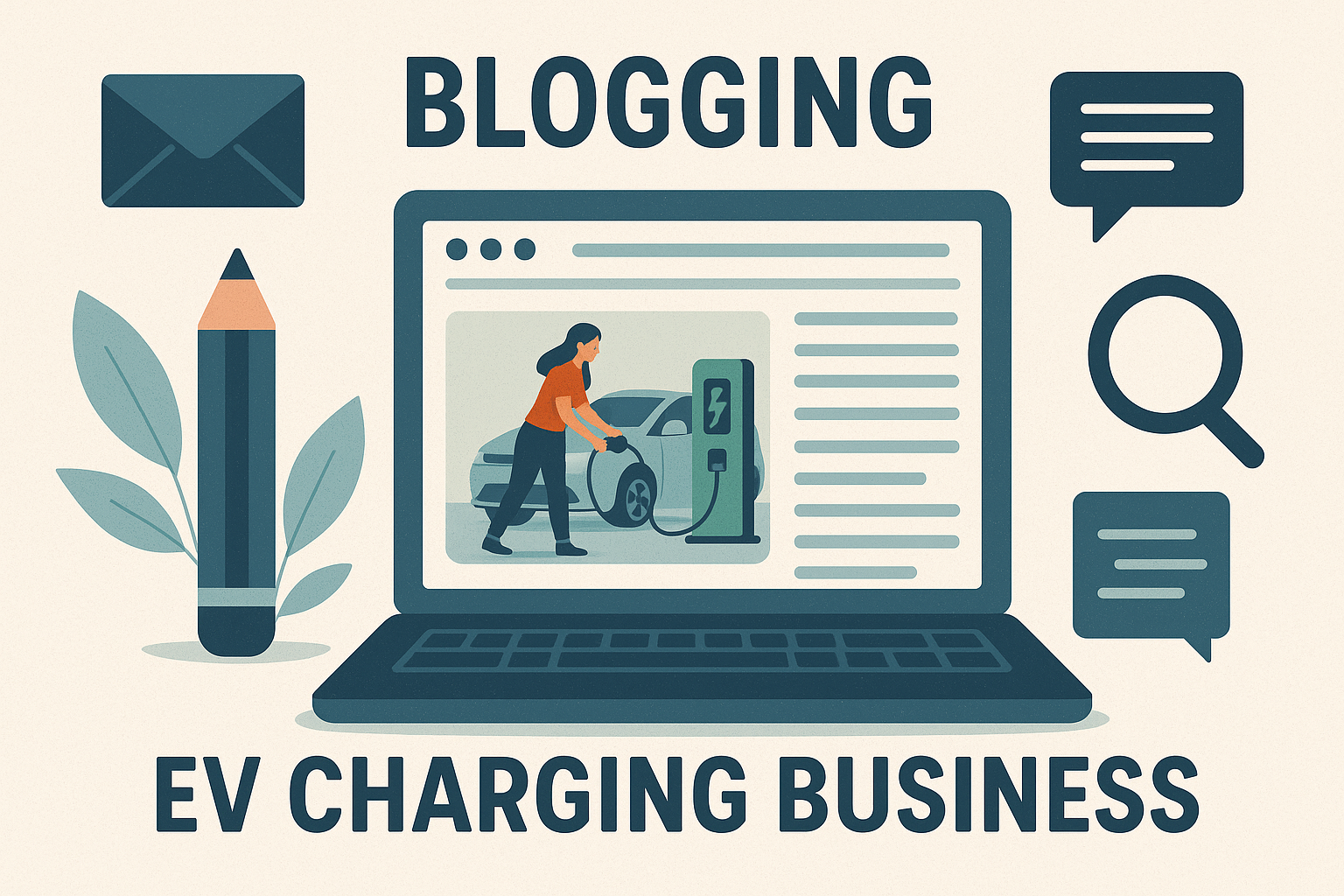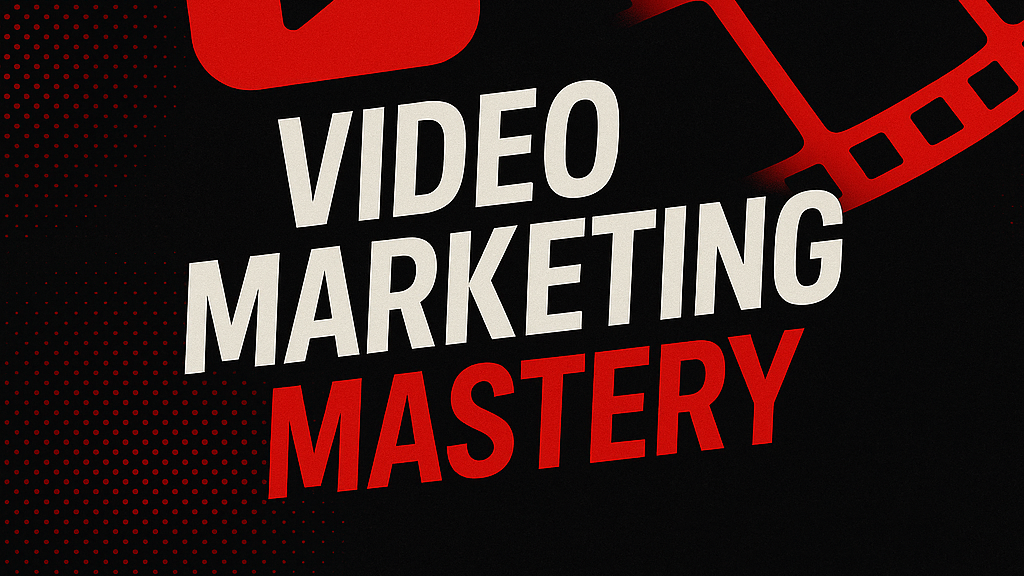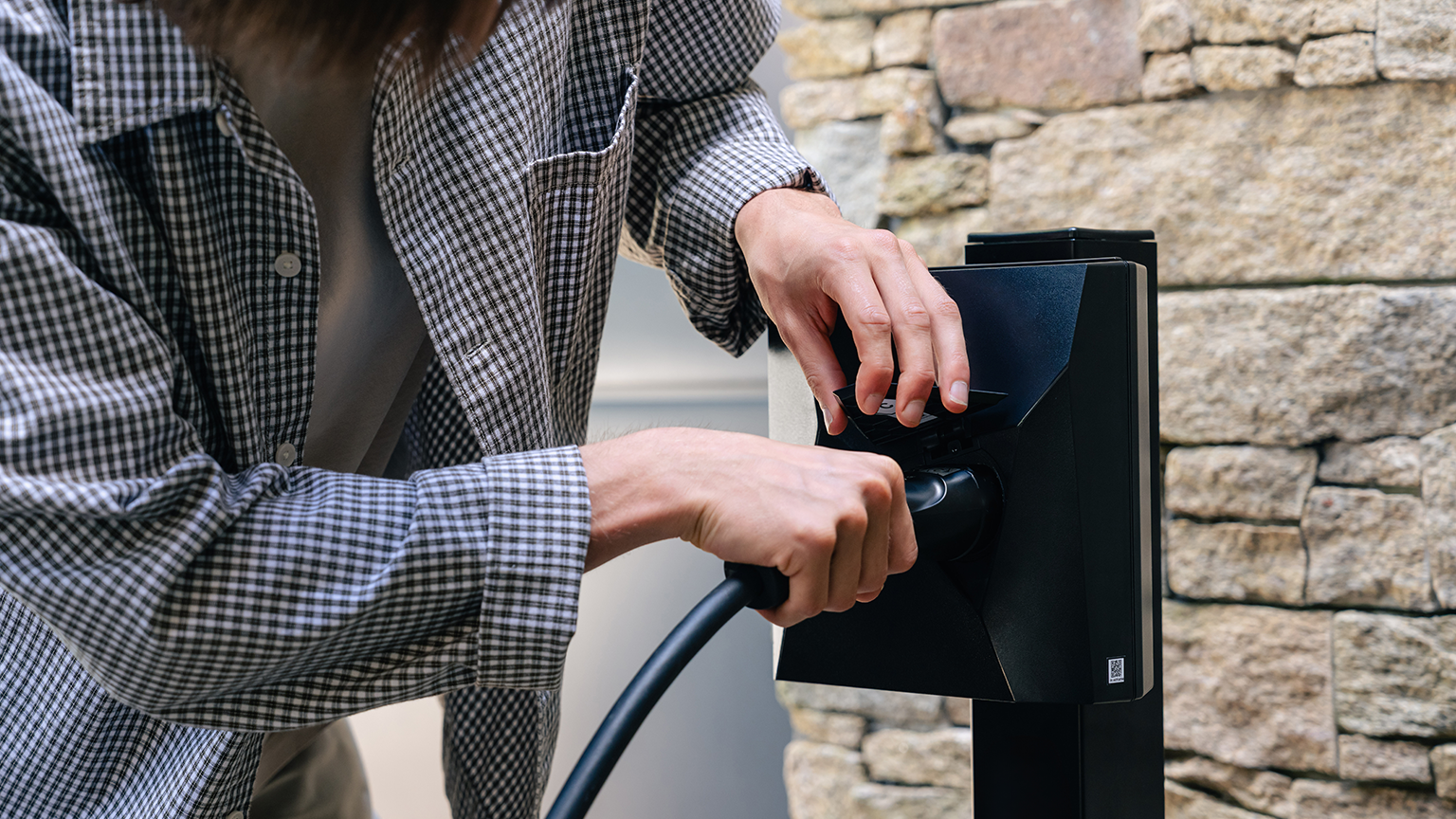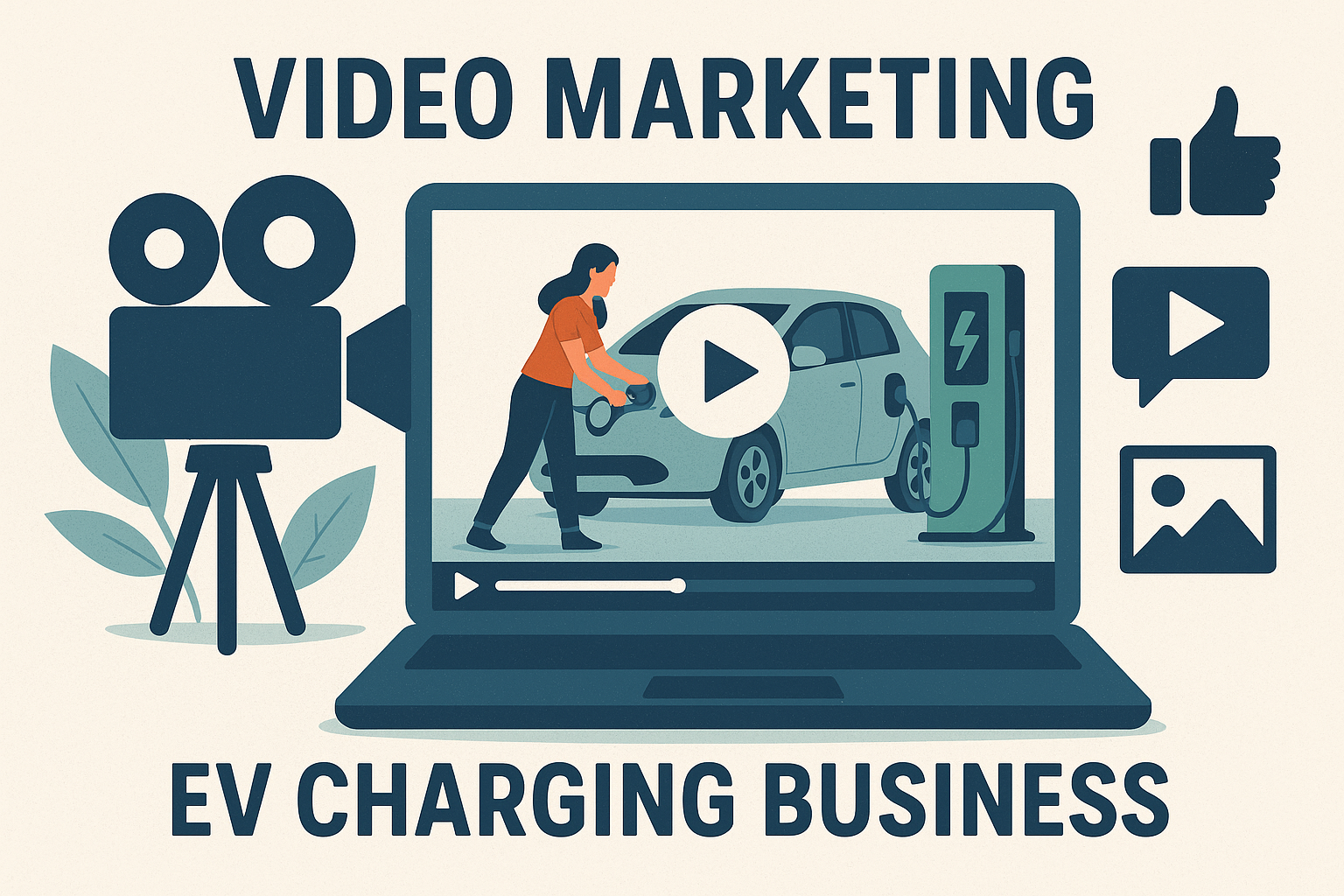Ever searched for something online and ended up on a blog post that’s long, rambling, and confusing? Or worse, one that’s been written from start to finish with AI? You probably clicked off it pretty fast—and that’s exactly why creating clear, engaging, human-sounding blog content for your own business is so important.
With an increasing number of people investing in electric vehicles for the first time, there’s a lot of value that you can provide within the EV charging industry by creating your own blog. Done right, it’s an excellent form of organic, free marketing for your business. But you’ll only enjoy the benefits of business blogging if you know the secret sauce behind engaging content.
So, if you’re looking to attract new customers and establish authority with an EV charging blog, you’ll want to read our guide to creating the most attractive and interesting content that appeals to your target audience.
Why is Blog Content So Important for Your EV Charging Businesses?
Before we get into strategy, why bother blogging in the first place?
You don’t need us to tell you that electric vehicles are no longer unusual in the UK. And with more new EV drivers taking to the roads, there’s a bigger demand for easily accessible information about home EV charging options, public charging infrastructure, the cost of running an EV… the list goes on.
Enter your business, with a blog that offers clear, helpful information on the topics people want to learn about, showing your potential customers why your business is worth trusting.
Good blog content doesn’t just answer the questions your audience already has—it also addresses those that they might naturally follow up with. That means it’ll attract visitors who are looking for answers through search engines and reduce calls to your support team, especially if you link existing customers to your blog when they make a purchase.
Last but definitely not least, blogging helps your site rank better in search results when your posts include useful keywords. SEO is a whole other beast of a topic, but we’ll summarize by saying that if you want to steal your competitors’ customers, improving your rankings is most definitely a good thing.
5 Steps to Writing Engaging Blog Content in the EV Charging Space
With the “why” out of the way, let’s now focus on how exactly you can create the kind of engaging blog content that your customers will genuinely care about.
1. Choose Topics Your Customers Care About
The best place to start is by addressing what your potential customers want to know, in the form of clearly explained and interesting blog posts.
Think about the questions people ask when they phone or email, particularly focusing on what they want to understand before they buy a charger. This should give you a handful of ready-made blog topics.
It’s also good to mix your topics. Keep in mind that some of your readers want technical details, while others just want a quick and easy read with a simple guide. You’re not just writing for audiences at different stages of the buying journey; you’re also appealing to different reading preferences.
2. Write in a Way People Will Read
A telltale sign of a new writer is purple prose. That’s the flouncy, elaborate sort of writing that reads like a university assignment and hurts your brain to get through. If you want to showcase your expertise, do it through your subject knowledge, not through your writing.
Use plain, everyday words and clearly explain any technical terms. For example, if you mention kilowatts, explain what they mean for charging speed. If you mention Type 2 connectors, describe what they look like and how they differ from other options. The more helpful your post, the more likely your readers are to stay on your site or share your content on social media.
You’ll also want to write in short paragraphs, with no long blocks of text that’ll make people stop reading. Use headings to break up the page into sections, and bullet points to list features or steps.
Finally, speak directly to the reader, with “you” instead of “customers” or “users”. AI content tends to do the opposite of this, so it reads a bit like bland commentary. Since so much of the internet is now AI-written, you can really stand out by writing in a way that makes your article feel like a conversation.
3. Use Keywords Without Spoiling the Writing
Good blog posts help your site rank in Google, but beware of keyword stuffing—this will actually harm your content. Use phrases people search for, such as “home EV charger installation UK” or “best EV chargers 2025”, but make sure they fit naturally in a sentence.
Your article’s headings and first paragraph are good places to slot in the main keywords, as well as wherever else they make sense in the rest of the post.
No need to force them into every sentence! People often get too obsessed with the “search engine” side of SEO, but ultimately, Google rewards clear, useful content that’s written for people, not search engines.
4. Use Images and Videos to Support Your Blog
Photos and videos make your blog posts easier to understand, so don’t forget about them before you hit “upload”.
Often, you’ll find that explaining something technical is much easier when you can accompany the text with a picture showing, say, a tethered charger mounted on a garage wall. Even better if you can share a video—for instance, a short clip of someone plugging their car into one of your EV charging stations can be incredibly helpful for first-time users.
Use real images where you can, so your customers get a clear understanding of your products. These don’t need to be super high-definition (too high-def can actually make them look generic and stock photo-like), as long as they’re phone camera quality and taken with plenty of light.
5. Track What Works
You won’t know which of your blog posts are performing well unless you’re looking at the stats. We recommend using tools like Google Analytics to see which articles are bringing more customers.
It’s also wise to check how long people stay on each page and where they click next, as this will tell you which topics interest your readers and which ones you might want to shelve for now.
A good EV charging blog can make all the difference when it comes to building trust, establishing authority, boosting your local SEO, bringing in new visitors, and doing your bit to promote a more sustainable future. But when you’re already so busy running your business, it’s understandable if you simply don’t have time to develop a digital marketing strategy.
As a marketing agency providing bespoke services specifically for businesses in the EV market, we’re here if you need help establishing a blog for your EV charging services. Contact us to book a strategy call today.
More on Using Video Marketing to Educate Customers About EV Charging: FAQ
Still got questions about blogging in the EV charging market? We’ve answered a few common ones in this FAQ.
How often should you update an EV charging blog?
A good rule of thumb is to post one piece of fresh content on your EV charging blog at least twice a month. This tells Google that your site is still active, which will help you rank higher in the SERPs (search engine results pages). Make sure you review your existing content at least once a month, too, and update posts as necessary whenever facts change.
What are three top tips for a successful blog in the EV charging industry?
Our top three tips for a successful blog for an EV charging station business are:
- Stay clear and honest. Don’t just recommend the most expensive product to everyone! Trust is worth more than a sale.
- Make each post useful. Before you write, ask yourself what problem you’re aiming to solve or what question you’re answering.
- Stay up to date. You’ll know firsthand that EV charging is continuing to evolve in the UK. Make sure your facts and advice stay correct.
Is blogging or social media more important for EV businesses?
Blogging and social media are two really beneficial marketing strategies for local businesses in the EV charging niche. In terms of the best one for you, this depends on the direction you want to take with your digital marketing strategy. Blogging is best for building long-term visibility on Google and answering customer questions in detail, while social media marketing helps you stay visible day-to-day and connect with local EV users in real time.
Aside from blogging, how else can EV charging businesses improve their SEO?
Alongside a good content marketing strategy, you can also improve your EV charging business’s SEO by using relevant keywords across your other web pages, forming strategic partnerships with other businesses online, creating or optimising your Google business profile, and driving traffic to your website from social media platforms.







